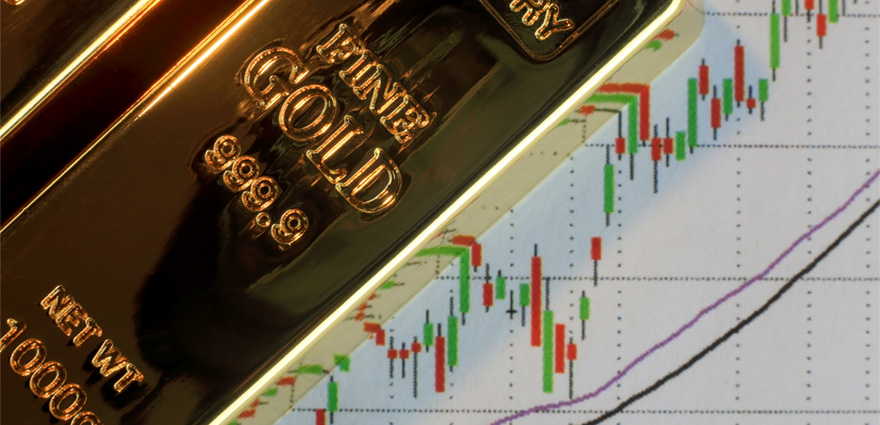XAUUSD: Back to Growth Prospects as Price is about to Break Key Bearish Corridor

The dollar rebounded on Thursday after several waves of sell-offs on Tuesday and Wednesday as US economic activity data released over the past two days pointed to potential negative momentum in the economy. Market sentiment was mainly influenced by JOLTS data on vacancies, the Conference Board consumer confidence index and the second estimate of US GDP for the second quarter, which turned out to be noticeably worse than expected. The dollar index on Thursday rose from 103 to 103.50 points ahead of the NFP report. The technical chart shows that the market is struggling to decide on a direction after the breakout of the bearish channel:

US equities ended yesterday's trading session in positive territory, passing the baton to European sites today, which show modest but steady growth. Gold quotes, against the backdrop of weak US data, which caused a corresponding decline of the real interest rate, almost pared down the fall of August and now the corrective bearish trend that has been going on since the beginning of May is at risk to break:

The story of weakening key economic indicators in the US today was supplemented by data from the Challenger, which showed that firms in the US laid off three times more employees in August than in July. In an accompanying note, Challenger explained that the job market is bouncing back from the hiring frenzy that has been going on for some time since the pandemic. Layoff data raises the risk of modest job growth in August, which will be shown by the NFP report tomorrow.
The Core PCE index, which was published today, was in line with forecasts coming at 4.2%. The growth rate of initial claims for unemployment benefits continued to decline and amounted to 228K against the forecast of 235K, which allowed the dollar to consolidate today's rebound, stabilizing near 103.50 on the dollar index.
The European currency, however, reacted negatively to the data on consumer inflation of the key economies of the bloc, released today. Core inflation came out in line with the forecast (5.3%), headline inflation exceeded the forecast of 5.0% and amounted to 5.3%. ECB officials in their rhetoric are trying to show that they do not rule out another rate hike or two if the data so require, and of course, inflation data for August contributes to the corresponding expectations in the market. However, weak US data is forcing market participants to be more cautious about positive surprises in inflation in other economies, as they may hide not the expansion of the economy, but the growing risk of stagflation. For example, market interest rate derivatives data from the Bank of England show that expectations for yet another rate hike are being phased out, weighing on the pound sterling. And this despite the positive surprises in inflation.
In addition to inflation data, retail sales data in Germany also appeared today, which also disappointed investors who expect that the German economy will show good growth rates. Retail sales in July decreased by 2.2% compared to the previous period last year, with expectations of -1%.
Disclaimer: The material provided is for information purposes only and should not be considered as investment advice. The views, information, or opinions expressed in the text belong solely to the author, and not to the author’s employer, organization, committee or other group or individual or company.
Past performance is not indicative of future results.
High Risk Warning: CFDs are complex instruments and come with a high risk of losing money rapidly due to leverage. 71% and 70% of retail investor accounts lose money when trading CFDs with Tickmill UK Ltd and Tickmill Europe Ltd respectively. You should consider whether you understand how CFDs work and whether you can afford to take the high risk of losing your money.